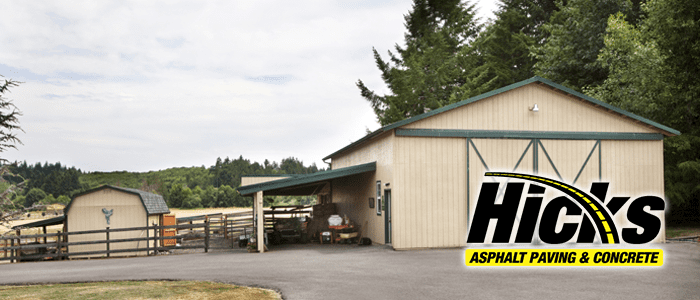Concrete is a stabilizer in many buildings, but these foundations often fall prey to environmental stresses that crack their forms. Over these lasting generations, where concrete has become an everyday material in all buildings, reality has set in. While it is quick to set, it is also prone to failure from anything like time, climate, weather, and more. Yet, there have been few innovations in the field of concrete until recently. Now, there is an explosion of interest in “self-healing concrete” or, as the topic of this article states, bendable concrete.
The Point of Bendable Concrete
Typically, concrete is extremely brittle, and even the slightest bend will start shattering the stones it’s composed of into pebble.
Bendable concrete is a unique form of our common foundation material that, unlike the contemporary, can be slightly flexible in dealing with the variations that might splinter ordinary concrete into cracked rubble. It’s widely used within large skyscrapers where, under immense pressure, reliability in stability is absolutely essential.
It’s a material that can be relied upon in more natural-disaster prone areas. It allows a building’s infrastructure to remain relatively intact despite whatever tragedies might befall them.
What Makes it ‘Bendable’?
Within bendable concrete is a series of unique mortar that fiber strands reinforce called “Engineered Cementitious Composite,” or ECC for short. This material is far more flexible than regular concrete; the composite is roughly 3% to 7% flexible compared to the 0.01% that contemporary concrete holds.
When installed correctly, you could compare bendable concrete to metal. Standard concrete is closer to glass, completely breakable with even the slightest tensile stressing. When the concrete’s load increases, the materials, with the fibers, work together to remain as one solid entity.
Usage of Bendable Concrete
Currently, bendable concrete is in a variety of buildings across Asia. They make up a larger and larger majority of constructs with every passing year. It’s both more robust and more cost-efficient. It is cheaper than regular concrete due to the fibers and lack of aggregate in its composition.
Roads, bridges, earthquake resistant structures and more can all benefit from using bendable concrete in their construction. The benefits are numerous and will cut costs in the long run.
Advantages Over Contemporary Concrete
One of the more notable differences between bendable concrete and the regular is, of course, Its ability to bend like metal. It’s far stronger with noted advantages in both durability and lifespan, being resistant to cracking and lacking in brittleness of a more basic limestone mix.
Not only that, but the material is also lighter, cost-effective, able to be precast, and is currently in concrete roads and bridges, removing the necessity of many joints – the material being capable of changing shape due to less rigidity.
Thus stated, it has a number of notable advantages that make it a clear winner in comparison to concrete, but there are also some disadvantages to keep in mind of.
Disadvantages of Bendable Concrete
Bendable concrete is notably less brittle, but it does suffer from the issue of lacking compressive strength in comparison. The initial start-up will be more difficult, harder to get experienced workers in the field for anything but the most major projects. With that in mind, giving some consideration to the fact that this is a niche material that isn’t frequently used, the market for contractors with experience in it is very competitive. Getting a contractor with both the material and the knowledge to set bendable concrete foundations for your company may be a struggle.
The job is high-skill, and also has a rather high initial cost. Other things to include in the planning phase are your material quality and the conditions they might be made in. All of these factors lead to variations in quality. They might even lead the bendable concrete to be weaker in compression than the regular variation.





